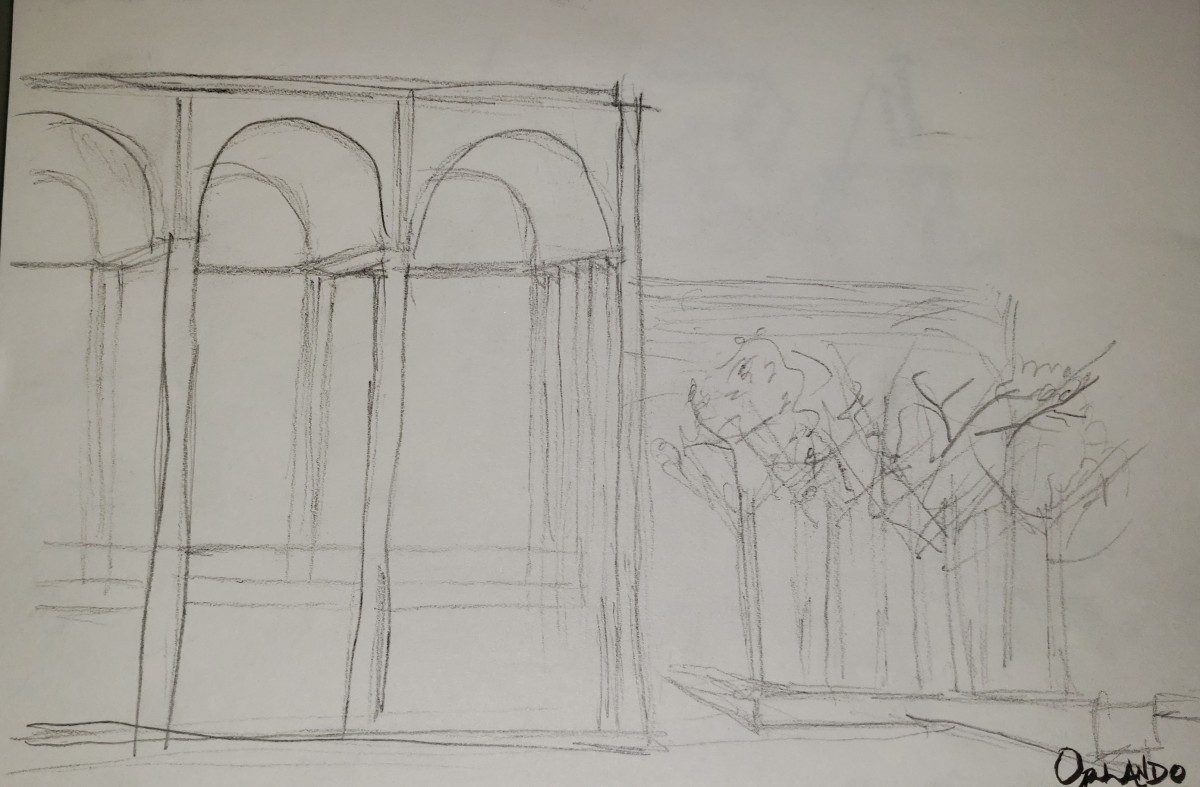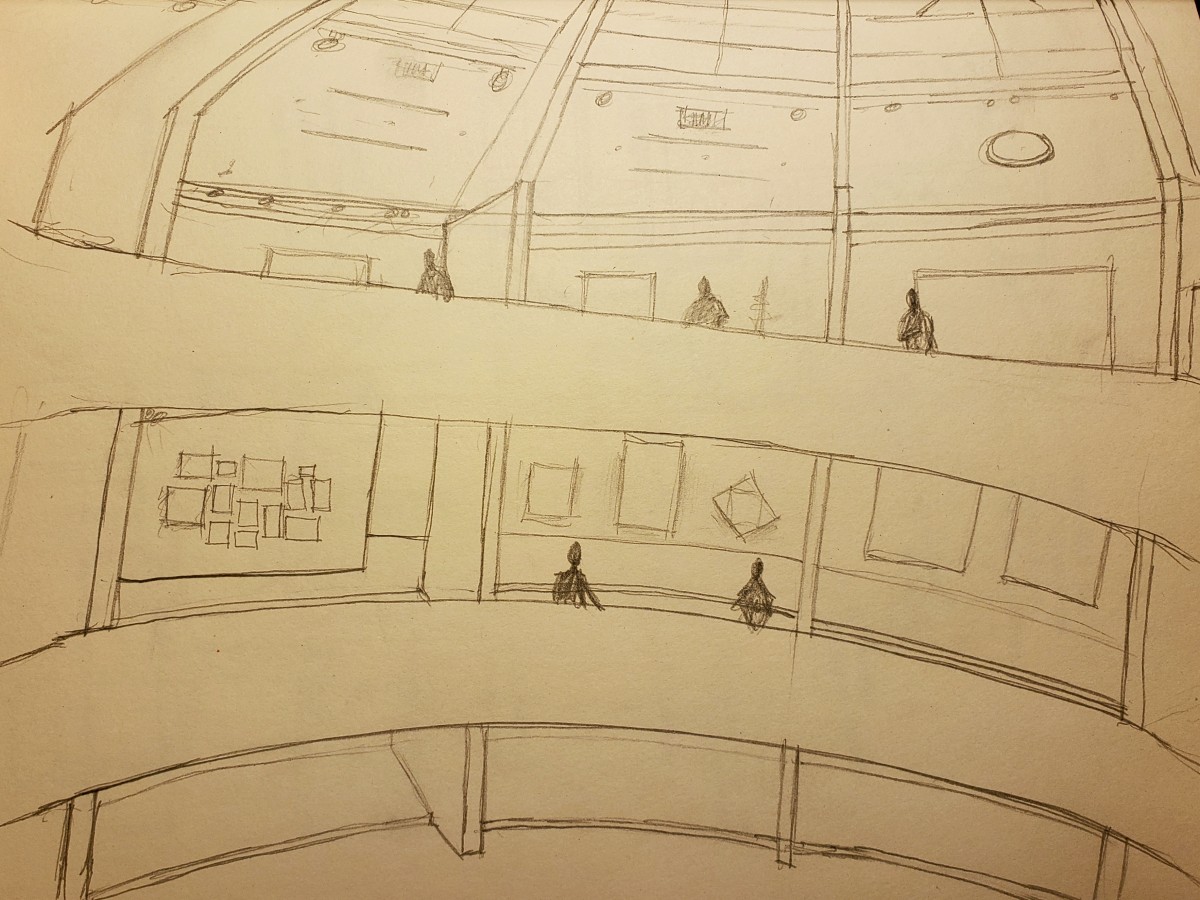In the 1920s and 1930s, New York City really sparked because of two great high-rise towers, both were a big influence because they helped make the power of automobile industry known: the Chrysler Building and the Empire State Building. While both towers show off beauty in its architecture, surely, they had their differences in massing, materials, and details.
The Chrysler Building, located on the Turtle Bay neighborhood of East Manhattan, at the intersection of 42nd St and Lexington Avenue, was an art deco styled office skyscraper that stood at a height of 1,046 feet. It was the world’s tallest building for 11 months before the Empire State Building surpassed it. However, is it the tallest brick building in the world with steel framework. Its mass was rather basic but purposeful. Starting with a rectangular base, it has several setbacks that were compliant with Zoning Law of 1916, it gave the impression of a wedding cake but really, William Van Alen, the lead designer of the building, was influenced by the massing of a ziggurat and also has a palazzo at the northwest side of the building. These setbacks were extruded rectangularly until at the very top, where you have arches and each four side, that gradually shrunk and shrunk to form an overall massing of a triangle. The materials used for building was stone at the bottom floors, then white and black bricks above it and for the cap, bronze and glass. One of the interesting detail was the horizontal striations that the black bricks were creating at each window, it was smart to use the color black because it made this language of horizontality pop out, despite the dominance in verticality that was expressed by the modules. Another detail of the Chrysler Building that catches everyone’s eyes is the lustrous, chromed ornaments. Gargoyles overhanging at each corner of the 31st floor and eagles at each corner of the 61st floor, were designed to signify flight.
Also, an art deco styled office skyscraper, the Empire State Building, located in Midtown Manhattan, it stands at a roof height of 1,454 feet, defeating the height of the Chrysler Building but defeated by One World Trade Center. Its mass is like the Chrysler Building, the wedding-cake, with a common reason: the 1916 Zoning Law. What’s different is the forms that the setbacks create. It features one major setback and several smaller ones, this allowed for sunlight in the top floors and to the street. The building has a steel framed structure just like the Chrysler Building. The materiality of the exterior façade of the structure is a mix of marble for the storefronts, limestone and granite for the rest. The detailing was done such that everything about the building expresses verticality. The aluminum mullions that striate upwards creates an uplifting feeling that guides the eye to the top of the building. Another detail is the spandrel, art deco is expressed in these spandrels by a series triangulated geometry. Although, not much of the art deco is expressed on the exterior, it is more shown in the interior by many ornamentation especially for the elevators and also, an art deco mural all across the lobby ceiling.





Recent Comments